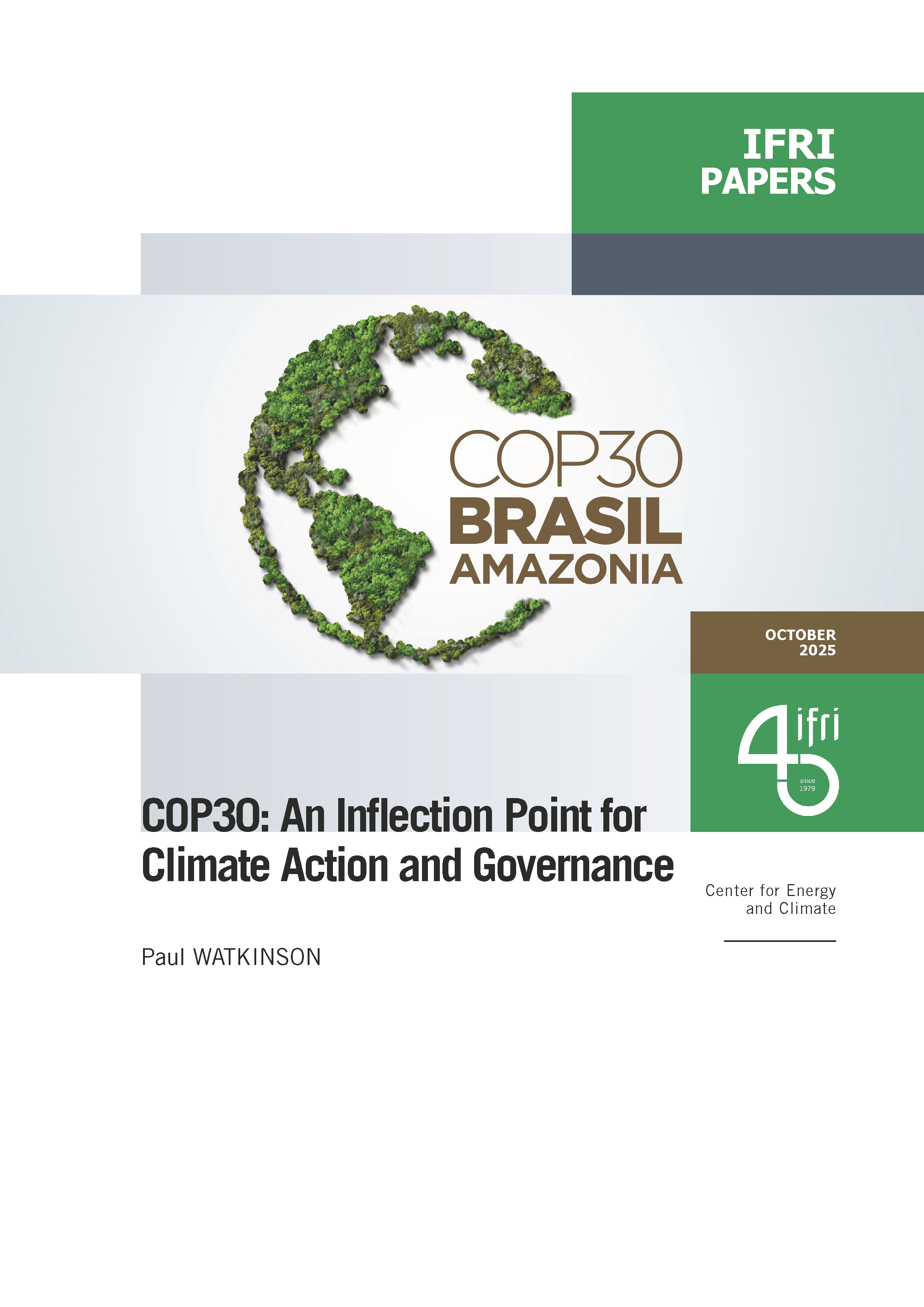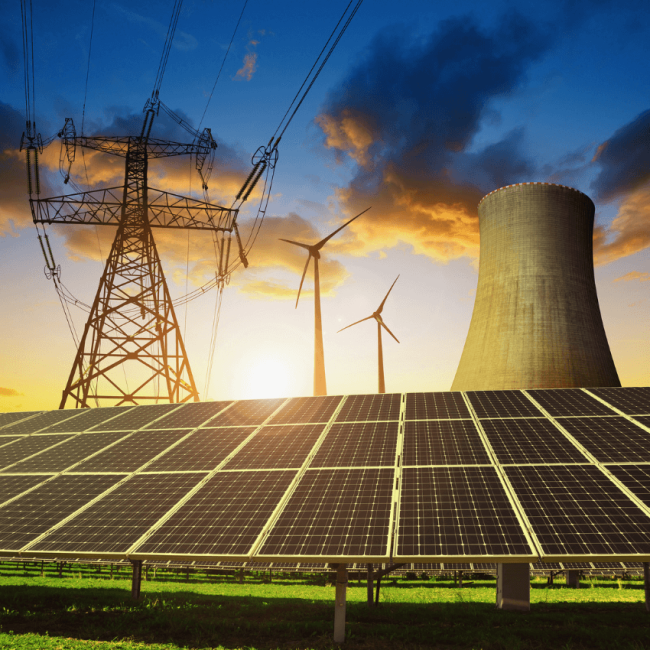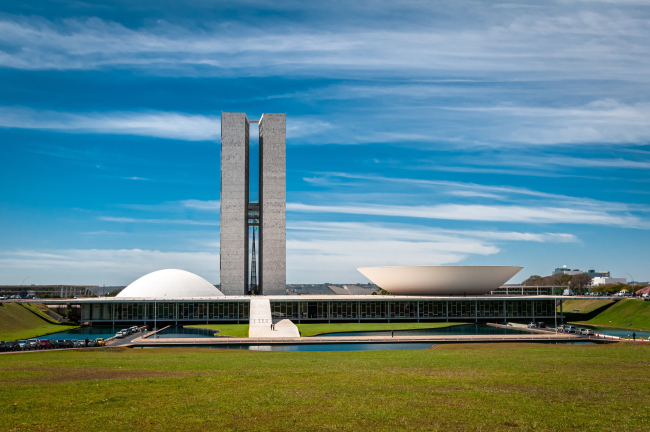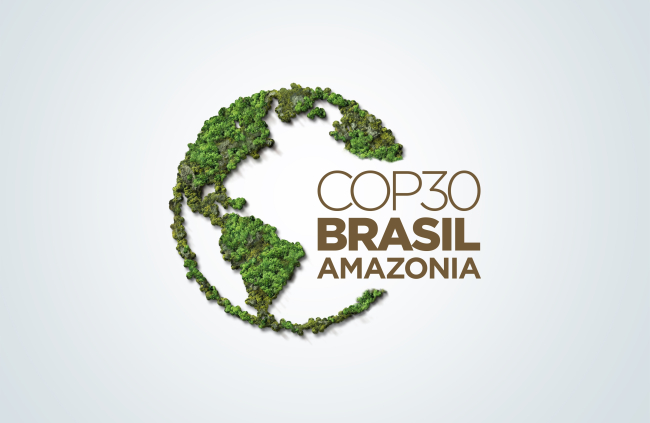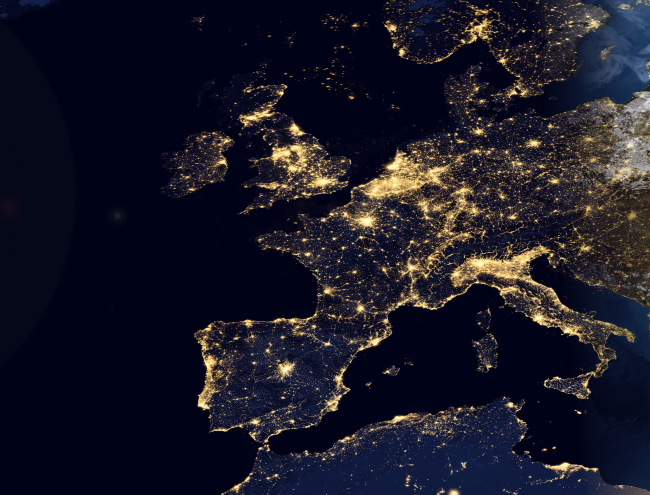Turkey, Azerbaijan and the Southern Gas Corridor

After the Prague summit “Southern Corridor - New Silk Road” on May 8, there were press reports about “major breakthroughs” concerning the pipeline project Nabucco. As the substance of agreements have not been made public, it is difficult to assess the extent of these breakthroughs. It was announced that the intergovernmental agreement (IGA) will be signed by the end of June - this would indeed constitute an important step forward. It seems that the potential breakthrough is mainly that the parties involved have now agreed that some of the more detailed questions will not be dealt with in the IGA, but will be left to commercial agreements. Questions arose about the division of responsibilities between EU member states and the community level (i.e. the European Commission). These require clarification but should not erode solidarity among member states or distract from the strategic interest that the European Union has in enhancing gas market diversity in Southern Corridors.
The signing of an IGA would be an important signal because the transit regime is one of the two most important issues that must be settled soon in order to make the Southern Gas Corridor a success. The second issue regards supply contracts. For both issues, the EU (member states, Commission and companies) must understand and take into account the needs of its partners. Turkey cannot be treated solely as a transit country, as it has a legitimate demand to meet a substantial part of its own gas supply from Azerbaijan. It is encouraging that Turkey and Azerbaijan seem now to be making progress in this regard. There is the risk that prospects of Turkish-Armenian rapprochement could complicate discussions. The recent visit of Turkish Prime Minister Erdogan to Baku, however, and the ongoing negotiations between SOCAR and BOTAS are positive signs - the EU should encourage both parties to reach an early conclusion, leaving to Turks and Azeris how much Turkey should pay for Azeri gas.
Concerning gas supplies for the Southern Corridor projects, all stakeholders should accept that discussions about supplies from Iran, Iraq and Egypt only divert attention from the essential points. Supplies from these countries for the Southern Corridor are, if at all, only long-term options. Iran is currently a net gas importer and raising the Iranian production will require substantial investments and a long lead time. More importantly, Iranian reserves are mainly located in the south of Iran and therefore more likely to be exported via LNG (which also presents the advantage for Iran to be less dependent on consumer countries).
Azerbaijan is initially the key country to the Southern Corridor due to its role as first supplier country, but also in the long term due to its position as a transit country for trans-Caspian gas inter alia. Azeri production and potential are sufficient to kick-start and sustain initial Southern Corridor projects, but must be complemented by other sources in the medium term. In order to stimulate Azeri production, European companies and governments must make concrete “bankable” offers for Azeri gas in recognition of the central role of this country. Aside from Azerbaijan, Turkmenistan and Kazakhstan are the most likely suppliers of incremental gas to the Southern Corridor. The EU should therefore sustain efforts with these countries, by developing transport solutions via the Caspian Sea and aggregating European demand. The proposal of a “Caspian Development Corporation” is a welcome new initiative in this context to focus effort and reach out to Turkmenistan and other Caspian gas producers. Once the concept is agreed its creation should, however, not result in attempts by political and administrative actors to impose decisions on or substitute the activities of commercial operators.
The current economic crisis is not fortunate for any new pipeline project, but investors should recognise that efforts to reduce CO2 emissions will sharply increase future gas demand. We believe that European gas demand will grow strongly, lending strength to Southern Corridor projects. It is however important to realize that these projects will only materialize when political conditions and market needs come together. Political declarations that do not take into account the economic reality on the ground - of all parties - will remain unsuccessful. Companies, not governments, will be the ones to make necessary investments.
Finally, decision-makers should note that not only large flagship projects like Nabucco are able to make contributions. The Turkey-Greece-Italy Interconnector is able and willing to take a first bloc of gas or the Transadriatic Pipeline. The two latter projects could probably be realized faster and more easily. They could clear the commercial channels for larger projects like Nabucco as supply begins to respond to real demand. It may well be more realistic to open a new transport corridor via small projects that could stimulate supply, than to immediately build an €8 billion project.

Available in:
Regions and themes
Share
Related centers and programs
Discover our other research centers and programsFind out more
Discover all our analysesBrazil One Year Away from the October 2026 General Elections
Brazil’s general elections will be held on October 4, 2026, to elect the president, vice-president, members of the National Congress, governors, deputy governors and state legislative assemblies. For the presidential and gubernatorial elections, a second round will be held on October 25 if no candidate obtains a majority of the votes in the first round.
COP30: An Inflection Point for Climate Action and Governance
The 30th Conference of the Parties (COP30), opening in Belém, Brazil, on November 10th 2025, convenes at a perilous moment.
The Strategic Dimension of Skills in the Clean Industrial Deal
In the competitiveness and energy transition battles, the European Union (EU) must master a determinant factor: skills.
The Energy Transition Faces Geopolitical Challenges. How Can Ideological Divides Be Overcome?
President Trump’s positions and policies, combined with record coal consumption and booming global electricity demand, geo-economic confrontation, and widespread concerns about energy security, are changing the game when it comes to understanding realistic decarbonization trajectories. The war in Europe is intensifying competition between defense and transition budgets. This is also the case elsewhere in the world.



